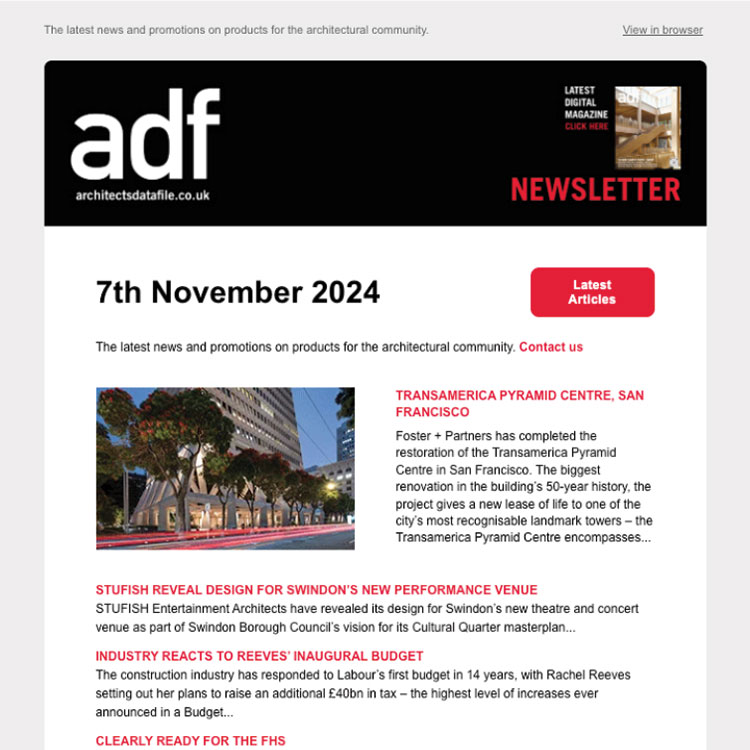With water ingress one of the most common reasons for building failure, it is vital that rainwater systems are not an afterthought to the roof construction itself. Careful consideration should be given to the specification, design and installation of each rainwater system to ensure it meets the required performance and standards. It’s why plastic rainwater systems are meeting the growing industry need for cost-effective, high quality products that deliver proven performance in the long-term alongside heritage aesthetics.
Traditional plumbing and drainage systems have been made from cast-iron for over 150 years. With a highly distinctive appearance due to its texture, thickness, and the quality of each component, a cast iron aesthetic adds kerb appeal and value to any project. However, it is also expensive to buy and time-consuming to work with, so an efficient and economical alternative has fast become the specification of choice for contractors and their clients.
Heritage aesthetics
At a fraction of the price to buy, install and maintain, modern plastic materials can replace an aluminium or cast iron rainwater specification to deliver projects under budget and ahead of schedule – exceeding both the specifiers’s and the client’s expectations. It’s why the Cascade rainwater and soil system from Brett Martin Plumbing and Drainage fits the bill perfectly.
Replica cast effect plastic rainwater systems enable specifiers to create a heritage aesthetic without compromising architectural integrity and enjoy the savings in materials, labour and time saved on site which can actually help keep a project on budget.
With significant additional weight, cast iron drainage systems can be heavy and difficult to install. Contractors must also be extra vigilant regarding health and safety and will require more time to lift and fix the system – leading to increased costs and potential delays in the installation process.
Almost every job will require both gutter and pipe lengths to be cut onsite using specialist tools and, to ensure long-lasting durability, they need to be fully finished on site, using a primer, undercoat and topcoat, to ward off corrosion. Even if the system used is delivered pre-painted, any cut lengths, or site damage to the finished surface, must be protected to the same level, by the installer. It should be noted that, in some cases, if the level of protection applied on site is deemed insufficient, any guarantee offered may be, quite rightly, invalidated, leaving the installer liable.
Best practice
Because the plastic ranges are so much lighter than cast iron, installation at height is less hazardous, being effortless to lift, easy to manoeuvre, simple to cut and quick to fit. The systems also benefit from external fixing lugs, enabling easy power tool access, which further speeds up installation. All gutter fitting joints have integral seals and flexible retaining clips, allowing the gutter lengths to simply click into place. No extra-cost fixing kits or nuts and bolts are required to make gutter joints, as with most traditional systems.
For specifiers and their clients wanting a traditional aesthetic, the right drainage system can be the difference between design success and failure. As budgets are increasingly stretched and tight deadlines dictate product specification, it’s critical specifiers are aware of every product’s cost – in both materials and labour. With a price tag in line with modern construction, and an appearance that blends the past with the present, a plastic rainwater system irons out cost and time restrictions.
By Paul Wadsworth, specification manager at Brett Martin


